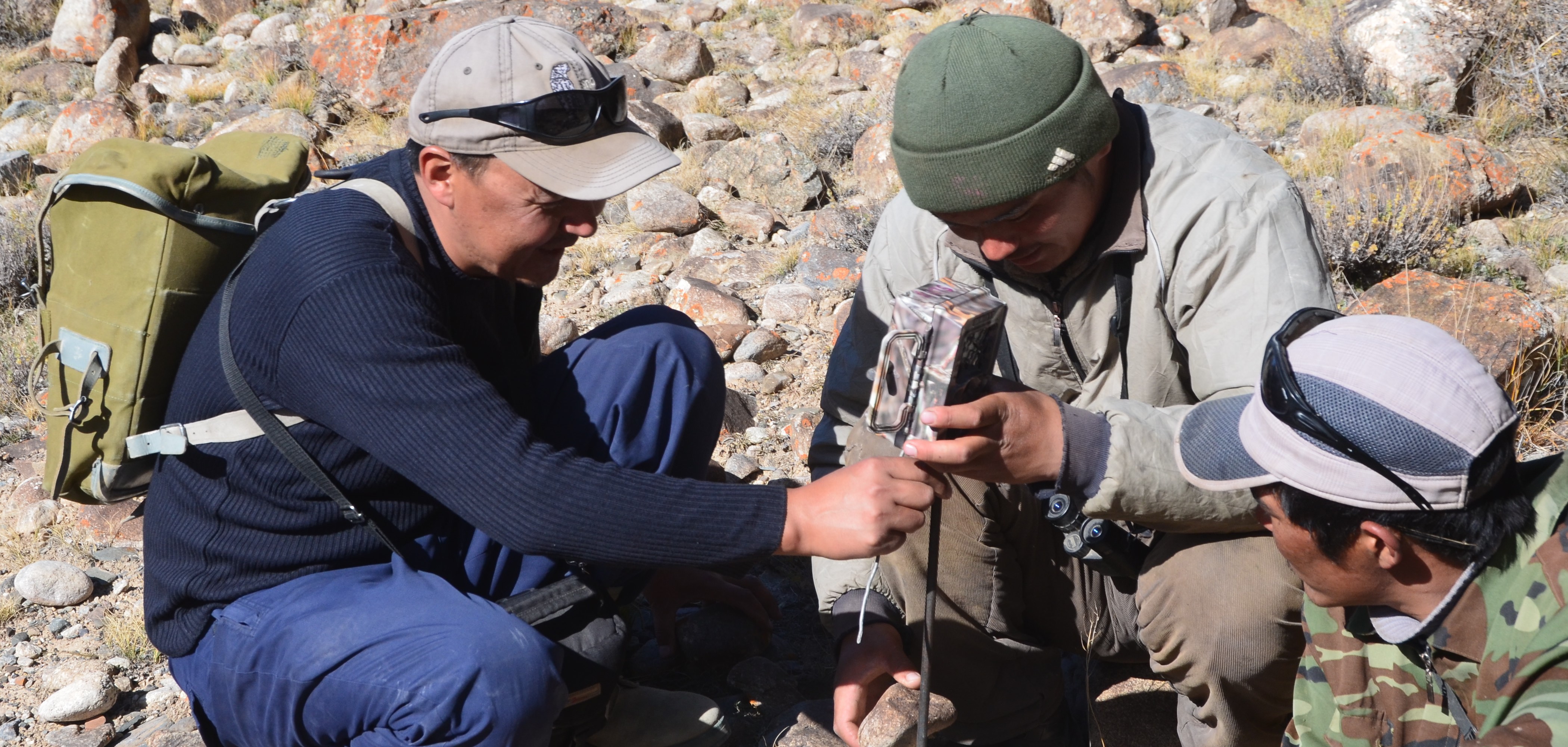Limited human and financial capacity and weak policies and institutions
All of the snow leopard range countries report they have insufficient numbers of trained conservation practitioners at all levels.
Even where conservation staff levels may be adequate, such as in some scientific institutions, low funding limits their effectiveness.
In particular, range countries lack people trained to address the needs of communities and develop community programs. While budgetary allocations are insufficient, the donor funding is generally time-limited and insufficient to scale-up successful practices.
The Snow Leopard Trust estimates that NGOs and multilaterals contribute less than US$8 million per year directly to snow leopard conservation.
According to a study published in 2013 in the Proceedings of the American Academy of Sciences, five of the snow leopard range countries are among the 40 countries whose biodiversity conservation needs are the world’s most underfunded (from all sources).
Six of the 12 snow leopard countries report that lack of effective policy is a high threat to snow leopard, wild prey, and ecosystems and only two report this as a low threat.
For example, only a few countries have laws or policies that legally empower or offer incentives to local communities to protect and manage local natural resources.
All countries prohibit killing of snow leopards, but enforcement is generally hampered by insufficient funding and equipment. In several countries, prey species are not protected or, when they are, penalties for poaching are not enough to deter it.



